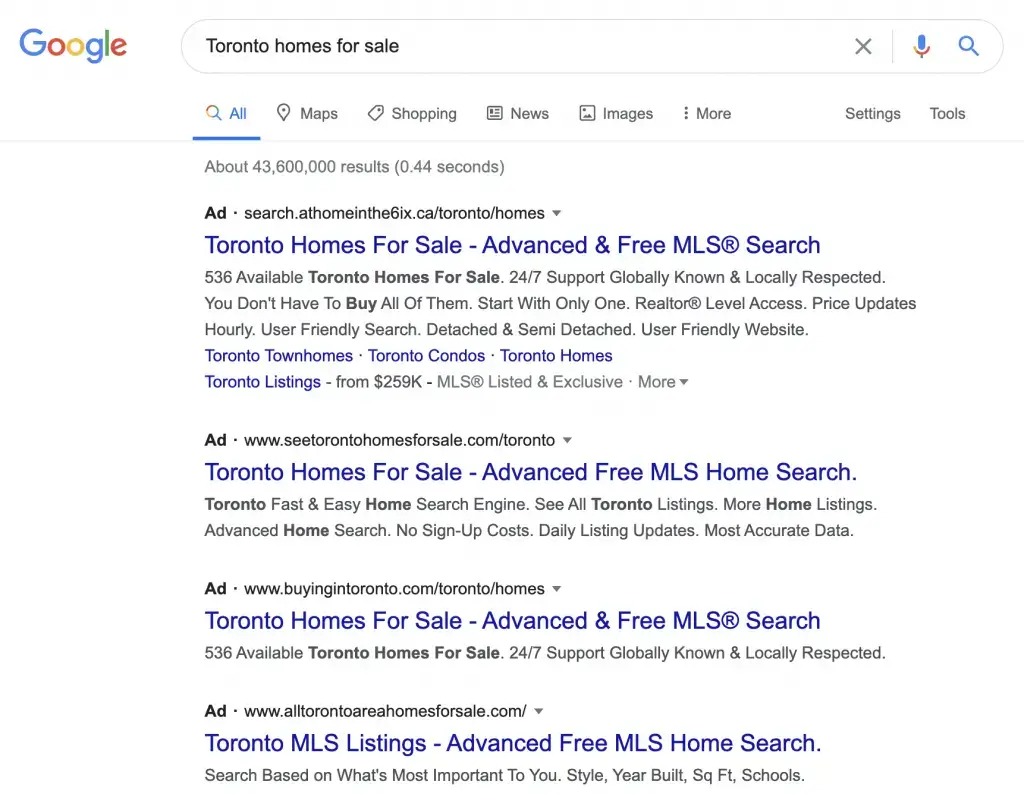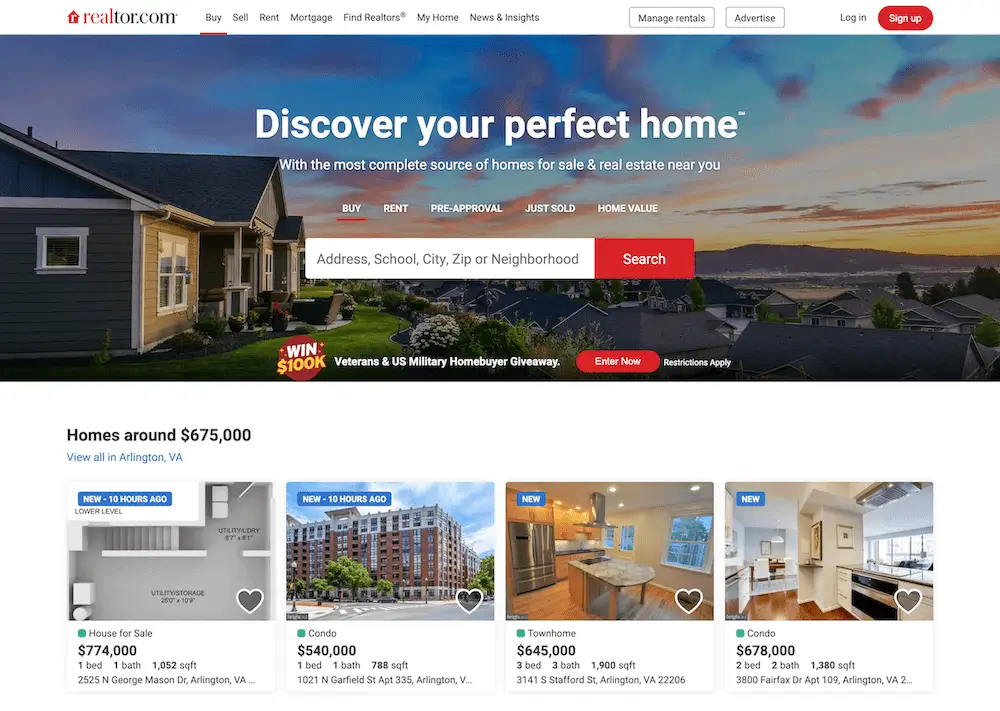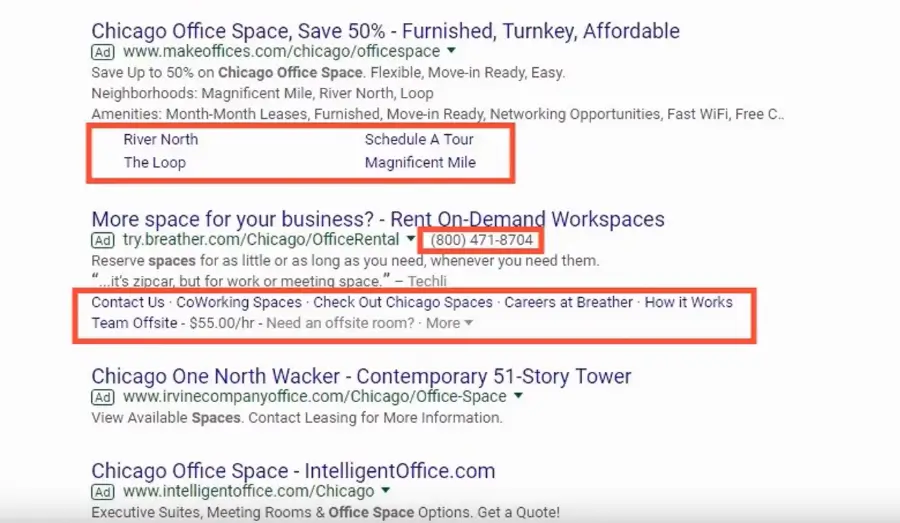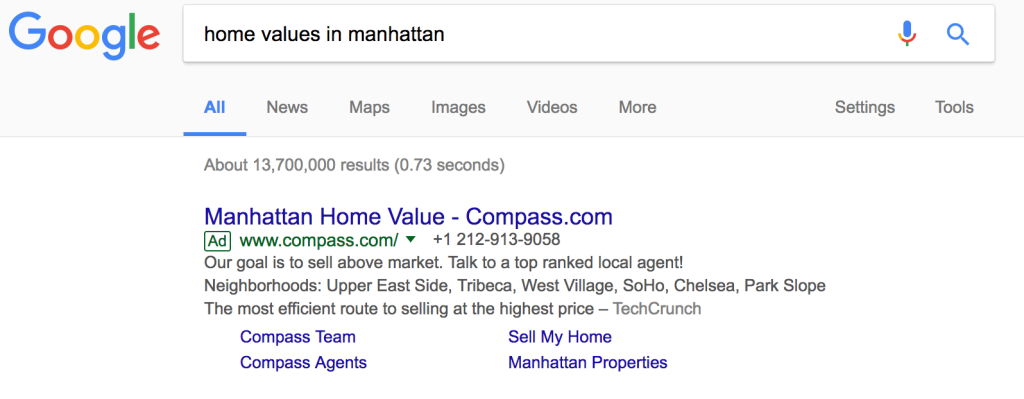In today’s competitive digital landscape, Google Ads remains one of the most powerful tools for marketers and business leaders aiming to drive growth, visibility, and measurable results. With billions of daily searches, millions of websites, and a vast network of mobile apps and video platforms, Google offers unparalleled reach across the web. However, success in advertising isn’t just about launching campaigns—it’s about strategically placing your ads where they’ll be most effective.
Understanding where your ads appear is critical to optimizing ROI, ensuring brand alignment, and capturing attention at every stage of the customer journey. For modern businesses and marketing professionals, leveraging a multi-platform approach is no longer optional—it’s essential.
Let’s explore: Which properties does Google Ads let us advertise on? This guide breaks down the key platforms within Google’s ecosystem to help you make smarter, data-driven decisions for your advertising strategy.
Google Search Network: Your Ads in Front of Intent-Driven Users

When asking “Which properties does Google Ads let us advertise on?”, the Google Search Network stands out as a foundational pillar. This network allows your ads to appear directly within high-intent environments such as the Google Search Engine Results Page (SERP), the Shopping tab, and Google Maps. These Google SERP placements are invaluable for capturing users precisely when they’re searching for solutions related to your offerings.
The Search Network supports a range of ad formats—including text ads, call-only ads, and Google Shopping ads—each tailored to different conversion goals. For marketers aiming to drive immediate action, or business owners looking to reach customers during the decision-making phase, search ads provide unmatched performance. This property is ideal for campaigns focused on lead generation, eCommerce conversions, or local service promotion. Leveraging the Google Search Network ensures your brand appears where demand already exists—right at the top of user intent.
Google Display Network: Reaching Beyond the Search Bar

When exploring the question “Which properties does Google Ads let us advertise on?”, the Google Display Network (GDN) stands out as a powerful channel for extending brand reach far beyond the search engine results page. The GDN encompasses millions of high-quality websites, mobile apps, and Google-owned platforms such as YouTube, Gmail, and Blogger, allowing advertisers to connect with audiences in contextually relevant environments.
Marketers can leverage advanced targeting options, including demographics, in-market segments, affinity audiences, and custom intent, to deliver tailored messaging at scale. Visual ad formats—ranging from static images to responsive and interactive rich media—enhance user engagement and support diverse campaign goals across the funnel. For business owners and marketing leaders, the Display Network represents a strategic opportunity to build awareness, nurture interest, and drive conversions by meeting users where they naturally spend their time online.
YouTube Advertising: Video Ads Where Your Audience Is Already Watching
When discussing which properties does Google Ads let us advertise on?, YouTube stands out as one of the most dynamic and impactful platforms available. As a core property under the Google Ads ecosystem, YouTube enables advertisers to engage audiences through a variety of video ad formats—including in-stream ads, video discovery ads, bumper ads, and non-skippable spots. Each format serves a unique purpose, whether it’s building top-of-mind awareness or driving direct conversions.
For marketers, business owners, and decision-makers looking to amplify brand storytelling, advertising on YouTube via Google Ads offers a powerful mix of visual impact and precise audience targeting. With over 2 billion logged-in monthly users, and viewers watching over one billion hours of video daily, the potential reach is unmatched. Moreover, video ads on YouTube have been proven to drive higher engagement rates and recall compared to static media.
If you're aiming to elevate your digital strategy, integrating YouTube into your media mix is no longer optional—it’s essential.
Gmail Ads: Personal Inbox Placements for High-Intent Engagement
Among the many digital touchpoints Google Ads offers, Gmail Ads stand out as a powerful avenue for personalized, high-intent outreach. These sponsored promotions appear directly in the Promotions tab of a user’s Gmail inbox, blending seamlessly with organic email content—yet clearly marked as ads. For marketers and business owners seeking to connect with users in a more intimate, conversion-friendly environment, Gmail Ads provide a unique opportunity to deliver tailored messages at the right moment.
Integrated with Google’s robust audience targeting features—including custom segments, in-market audiences, and remarketing lists—Gmail campaigns can be fine-tuned for both B2B and B2C objectives. Whether you're aiming to nurture leads or promote time-sensitive offers, this ad format allows for dynamic interaction, often outperforming traditional display placements in engagement metrics.
Understanding which properties does Google Ads let us advertise on—and leveraging Gmail Ads strategically—can make a significant difference in campaign performance, especially when personalization and timing are critical to success.
Google Discover & Feeds: Reaching Audiences in the Age of AI-Driven Content

Among the many answers to the question "Which properties does Google Ads let us advertise on?", Google Discover stands out as a powerful, mobile-first channel that delivers highly personalized content directly to users. Found on the Google app and Chrome mobile homepage, Discover reaches over 800 million active users globally—without requiring a search query.
This AI-powered feed leverages advanced machine learning to surface content based on real-time interests, browsing behavior, and intent signals. For brands in content-heavy or lifestyle-driven industries, Google Discover offers an exceptional opportunity to build awareness and engagement in a format that feels native, non-intrusive, and timely.
By tapping into intent-based targeting, advertisers can place visually rich, engaging ads in front of users who are primed to explore, interact, and convert—often before they even enter the funnel.
Advertising on Mobile Apps via AdMob and App Campaigns

When considering which properties does Google Ads let us advertise on, mobile apps represent one of the most dynamic and conversion-driven opportunities available today. Through AdMob and Google App Campaigns, marketers can seamlessly place ads across a vast network of mobile apps and games on Google Play, targeting users in real-time moments of engagement.
App Campaigns are engineered to drive specific business goals—whether that’s installs, in-app engagement, or reactivations—leveraging Google’s machine learning to optimize bids, placements, and creatives across multiple formats automatically. For business owners and marketing professionals, this means efficient reach and tangible ROI without the complexity of manual campaign structuring.
Harnessing smart bidding and asset automation allows for a streamlined ad delivery process tailored to high-intent users, making mobile app advertising an essential piece of a modern, multi-channel strategy.
Cross-Network Campaigns: Smart and Performance Max
When evaluating which properties does Google Ads let us advertise on, it's crucial to understand the strategic advantage of cross-network campaigns, particularly through Performance Max and Smart Campaigns. These solutions offer unified ad placements across Google’s full inventory—including Search, Display, YouTube, Gmail, and Discover—without the need to manage each channel individually. Powered by Google’s AI-driven machine learning, these campaign types automatically optimize budget, creative assets, and audience signals to drive conversions across all available platforms.
For business owners and marketing leaders looking to streamline their digital strategy, Performance Max is ideal for goal-based advertising where efficiency and scale are key. While individual network targeting allows for more granular control, the automation in Performance Max is transforming how modern marketers approach multi-channel reach. As automation continues to redefine the ad landscape, understanding how and when to deploy these tools can be a competitive advantage—freeing up your team’s time while maximizing ROI.
Which Properties Does Google Ads Let Us Advertise On? – A Strategic Recap

When evaluating which properties Google Ads let us advertise on, it’s crucial to take a holistic view. From high-intent placements on the Google Search Network, to engaging visuals across the Display Network, immersive storytelling on YouTube, personalized outreach via Gmail, discovery-driven exposure in Google Discover, and app-focused strategies through AdMob—each property plays a distinct role in your full-funnel marketing approach.
Successful digital advertising isn’t about isolated placements; it’s about orchestrating the right message across the right platforms at the right moment. As marketing leaders and business decision-makers, I encourage you to audit your current Google Ads placements and ask: Are you leveraging the full potential of each property to meet your brand’s goals at every stage of the customer journey?
Expert Tips: Choosing the Right Property for Your Goals
When determining which properties Google Ads lets us advertise on, it’s essential to align each property with your specific marketing objectives. For top-of-funnel goals like brand awareness, consider leveraging the Google Display Network or YouTube, where visual storytelling and broad reach shine. For lower-funnel, conversion-driven efforts, Search Ads or Performance Max campaigns often deliver stronger ROI due to high intent and automated optimization.
Smart budget allocation is critical—avoid spreading your budget too thin across every platform. Instead, prioritize based on audience behavior and campaign goals. One of the most common mistakes we see is running identical creative across multiple properties without adapting to user context or engagement style.
Want help choosing the right Google Ads strategy for your business? Contact us to get expert, data-driven recommendations tailored to your goals.
📌 Frequently Asked Questions (FAQs)
Where do Google Ads appear?
Google Ads appear across a vast network of properties, including the Google Search Network, Display Network, YouTube, Gmail, Google Discover, and mobile apps via AdMob. Understanding which properties Google Ads let us advertise on is critical for aligning ad placements with your campaign goals and maximizing ROI.
Are YouTube and Gmail part of Google Ads?
Yes. Both YouTube and Gmail are integral parts of the Google Ads ecosystem. Through Google Ads, you can launch targeted video campaigns on YouTube and display interactive ads in Gmail’s Promotions tab. These platforms offer powerful engagement opportunities for brands aiming to build awareness and drive action.
Can I choose specific websites or apps to show my ads on?
Absolutely. Google Ads offers placement controls through its Display Network, allowing advertisers to target or exclude specific websites, apps, and even YouTube channels. This level of precision ensures your message appears only in environments aligned with your brand and audience.





